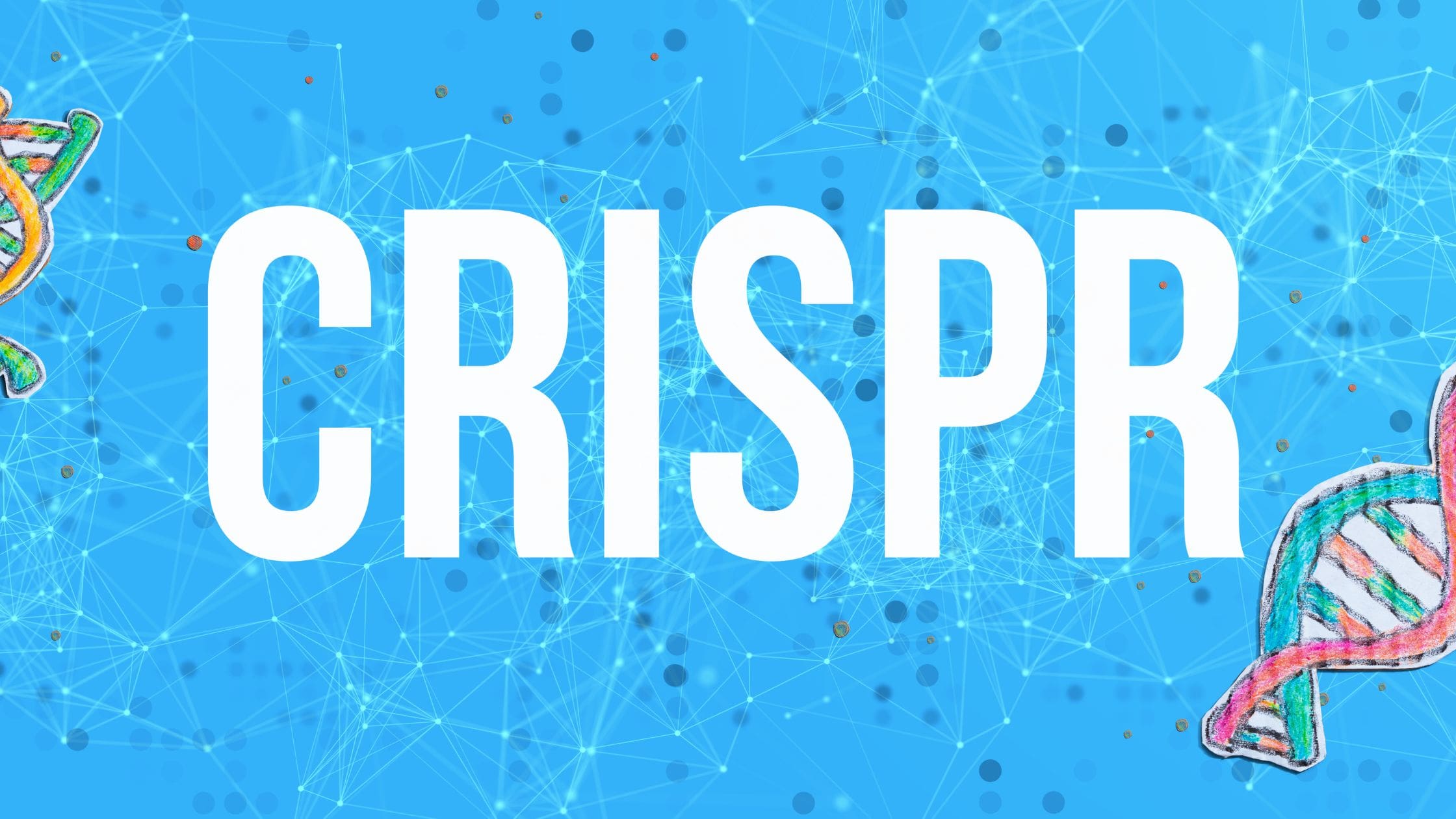The concept of “longevity escape velocity” (LEV) involves a hypothetical situation in which life expectancy is extended longer than the passing of time. For instance, if medical advancements that were attained in less than a year ensured that life expectancy would increase by more than a year, LEV could theoretically be achieved. People could potentially live to 500 or 1,000 years old and beyond.
While this may still seem like the stuff of science fiction, there are foundations and research facilities that are working on advancements toward realizing the concept of LEV.
Is the first person to live to 1,000 already alive?
According to Aubrey de Grey, a famed biomedical gerontologist, chief science officer at SENS Research Foundation, and the co-author of the 2007 book Ending Aging, the answer could, quite possibly, be “yes”. De Grey is not alone in his position. David Gobel, who co-founded the Methuselah Foundation with De Grey, first proposed the concept of LEV and believes that it could be achieved by 2030 at the earliest.
The forecast is supported by Ray Kurzweil, the renowned futurist and Google’s director of engineering. “It’s likely [that we’re] just another 10 to 12 years before the general public will hit longevity escape velocity,” Kurzweil is quoted as saying.
So, if that is the case, what work is being done to ultimately achieve LEV?
Technology is at the heart of medical advancement

As expected, advancements in technology are at the core of the movement toward LEV with areas such as cloud computing, artificial intelligence, robotics, sensors, networks, datasets, nanotechnology, and biotechnology.
Researchers have found that there are nine causes of aging, and the technological convergence of the aforementioned areas of technology has allowed a select group of companies to focus on finding solutions.
Take the San Francisco-based biotechnology company Prellis Biologics, which is taking major steps toward the development of 3-D printed organs for people. The company is doing this by investing in new technology that manufactures capillaries, the thin blood vessels that bring nutrients and oxygen to tissue and remove waste products. Prellis Biologics determined that it would be impossible to make organs without functioning capillary structures, which are the most crucial component to printing useable organs like the heart, liver, kidneys, and lungs.
In 2018, Prellis Biologics published findings showing that it could manufacture these capillaries at the size and speed required to deliver 3-D printed organs within the next five years, meaning that 3-D printed organs could become a reality by 2023.
Samumed in San Diego, which is another bioscience company dedicated to finding treatments and a cure, focuses much of its research on the Wnt signaling pathway, which is primarily responsible for stem-cell communication. When the Wnt signaling pathway goes wrong, the result is as many as 20 different diseases of aging as a consequence.
Therefore, Samumed focuses its technology platform on the ability to modulate the Wnt pathway and develop therapeutics to address numerous degenerative diseases, regenerative medicine, and oncology. Samumed is making significant progress in the fight against cancer through drugs that target all types of tumors.
Approaching stem-cell research from a different perspective, New Jersey-based Celularity has demonstrated that placental-derived stem cells in animals can extend one’s lifespan by 30 to 40 percent. The company is now working to make this possible in humans. By leveraging stem cells’ ability to help heal the body and fight disease, transitioning this treatment to humans could prove to be a major breakthrough.
Then there is the work being conducted by the SENS Research Foundation. SENS is an acronym for Strategies for Engineered Negligible Senescence. Negligible senescence is a term coined for organisms that do not show signs of biological aging.
Basing their work on the seven major classes of cellular and molecular damage that occurs as humans age, SRF is developing, as its website states, a “new kind of medicine: regenerative therapies that remove, repair, replace, or render harmless the cellular and molecular damage that has accumulated in our tissues with time.”
This is being achieved through the development of different areas of rejuvenation biotechnology, including stem cells and tissue engineering in cases of cell loss and tissue atrophy; the removal of telomere-lengthening machinery to combat cancerous cells; the allotopic expression of 13 proteins in cases of mitochondrial mutations; targeted ablation in death-resistant cells; AGE-breaking molecules and tissue engineering to counter extracellular matrix stiffening; immunotherapeutic clearance in cases of extracellular aggregates; and novel lysosomal hydrolases in areas of intracellular aggregates.
Such rejuvenation processes are not designed to be one-off fixes but will need to be periodically repeated in order to stave off aging and age-related diseases. As the SENS website states: “Just as cars need regular rounds of oil changes and spark plug replacements to keep them running smoothly, people will need to go into rejuvenation clinics to keep up with their regenerative treatments to continue postponing age-related disease.”
Another key area of science that is being explored is based on DNA sequences and the ability to modify gene function. CRISPR technology is a simple yet powerful tool that allows scientists to correct genetic defects and to treat and prevent the spread of disease.
Through CRISPR, scientists target precise locations in the gene code and rewrite the DNA. Out of an approximate 50,000 genetic diseases, single mutations in DNA cause approximately 32,000 of them. Through the implementation of this technology, CRISPR could theoretically cure up to 32,000 diseases.
Ethical and regulatory concerns
While great strides are being made in these areas of medical science, there are barriers of resistance in place, in particular as they relate to ethical and regulatory concerns. Ethical concerns relate primarily to issues of inequality and the fact that such regenerative and anti-aging technologies would largely be reserved for only those who could afford such treatments. There are also concerns that once these technologies are available to the wider public, they could potentially lead to overpopulation and cause damage to the planet.
The counterargument to the issue of inequality, De Grey argues, is that the eventual cost of such treatments could eventually outweigh the costs of healthcare that most families endure while caring for an elderly relative. In regards to concerns about overpopulation, De Grey suggests that it is mainly an issue when it concerns environmental impact, and it is other industries that contribute to environmental damage that should be leading the change to protect the planet.
In regards to regulation, obtaining government approval could prove a difficult hurdle to overcome, but De Grey believes that once there is a cultural shift in the attitude toward such treatments and widespread support after the necessary trials prove successful, then policymakers will soon follow suit.
Whatever the future holds, by leveraging technology and data, we can work toward advancements in medical science and the pursuit of longevity escape velocity.




